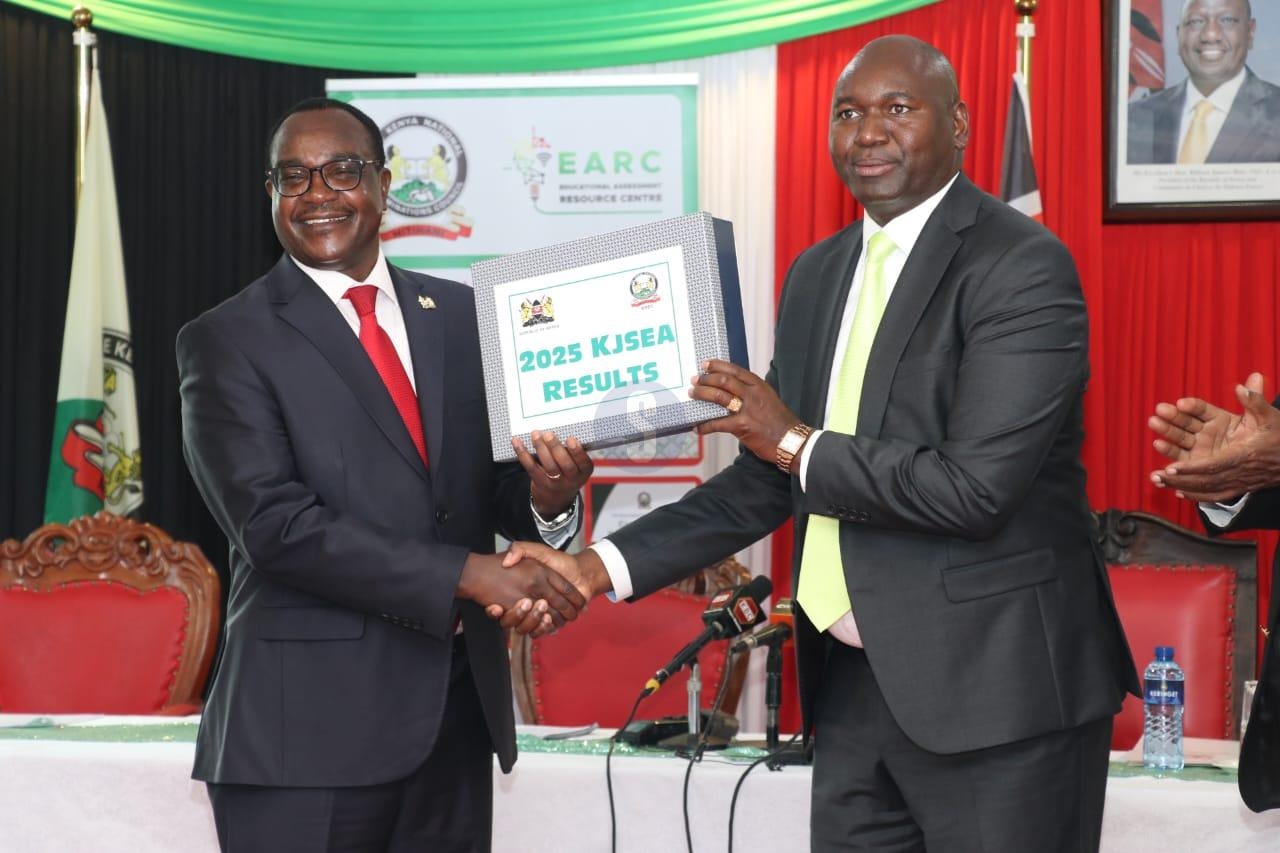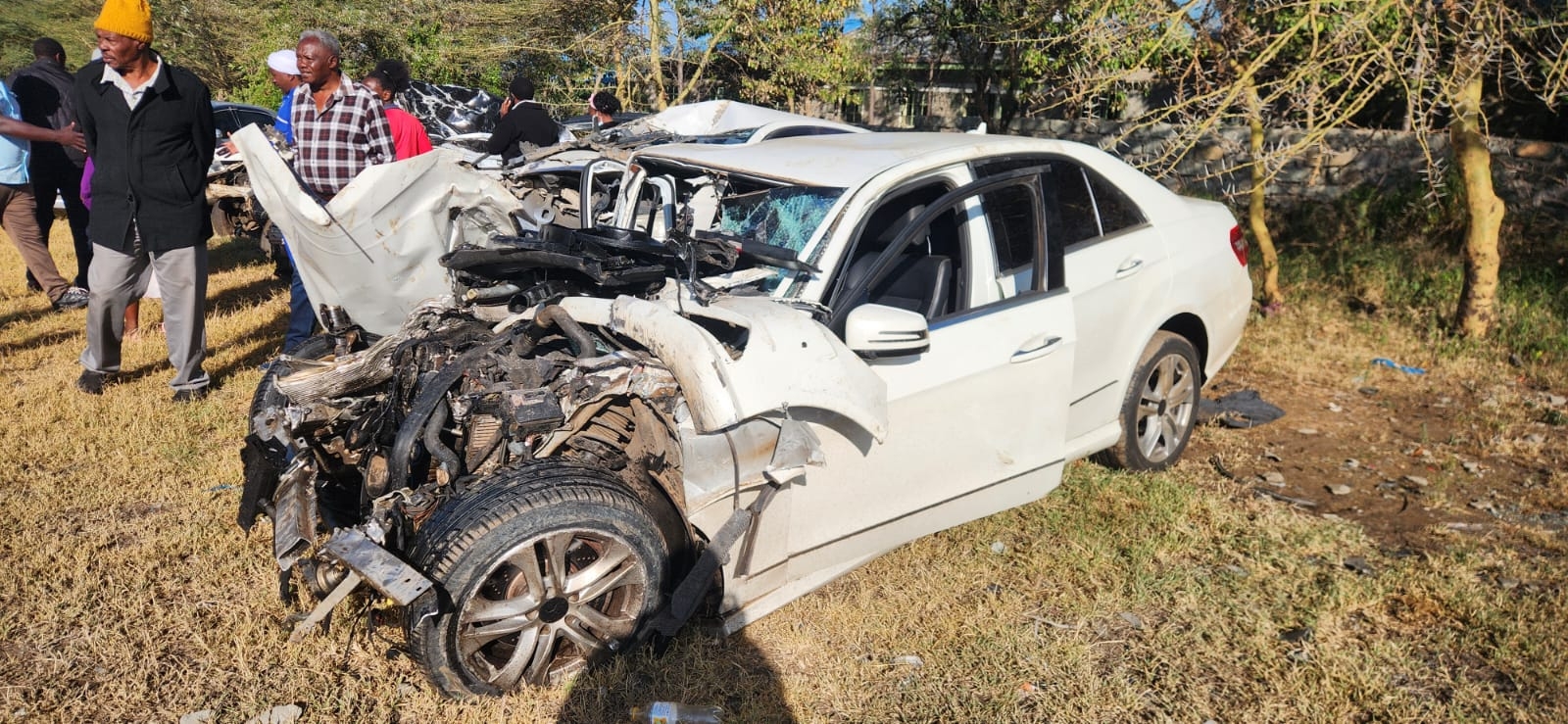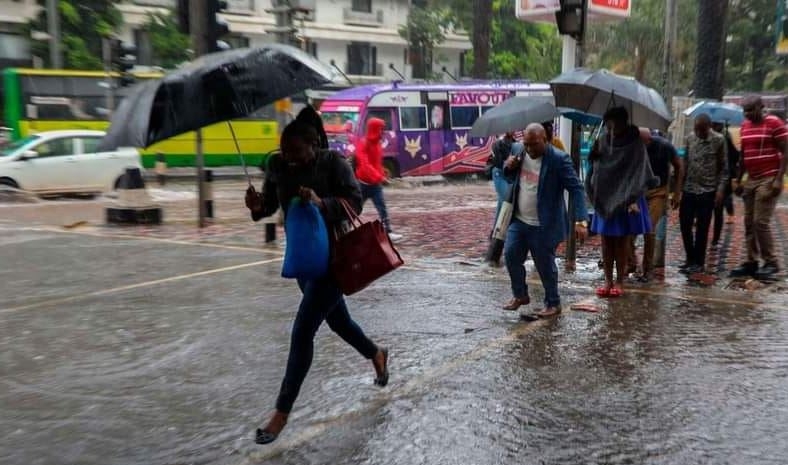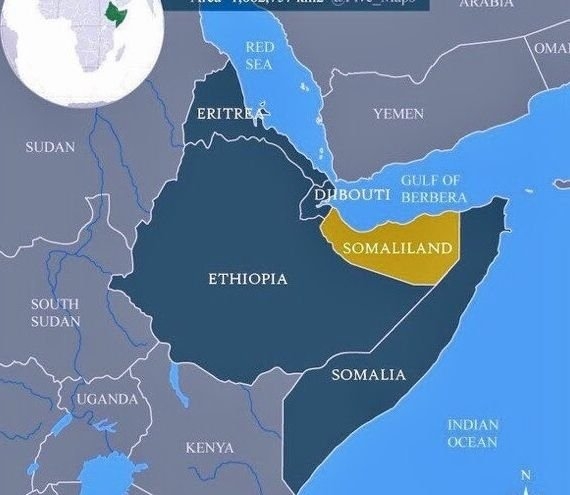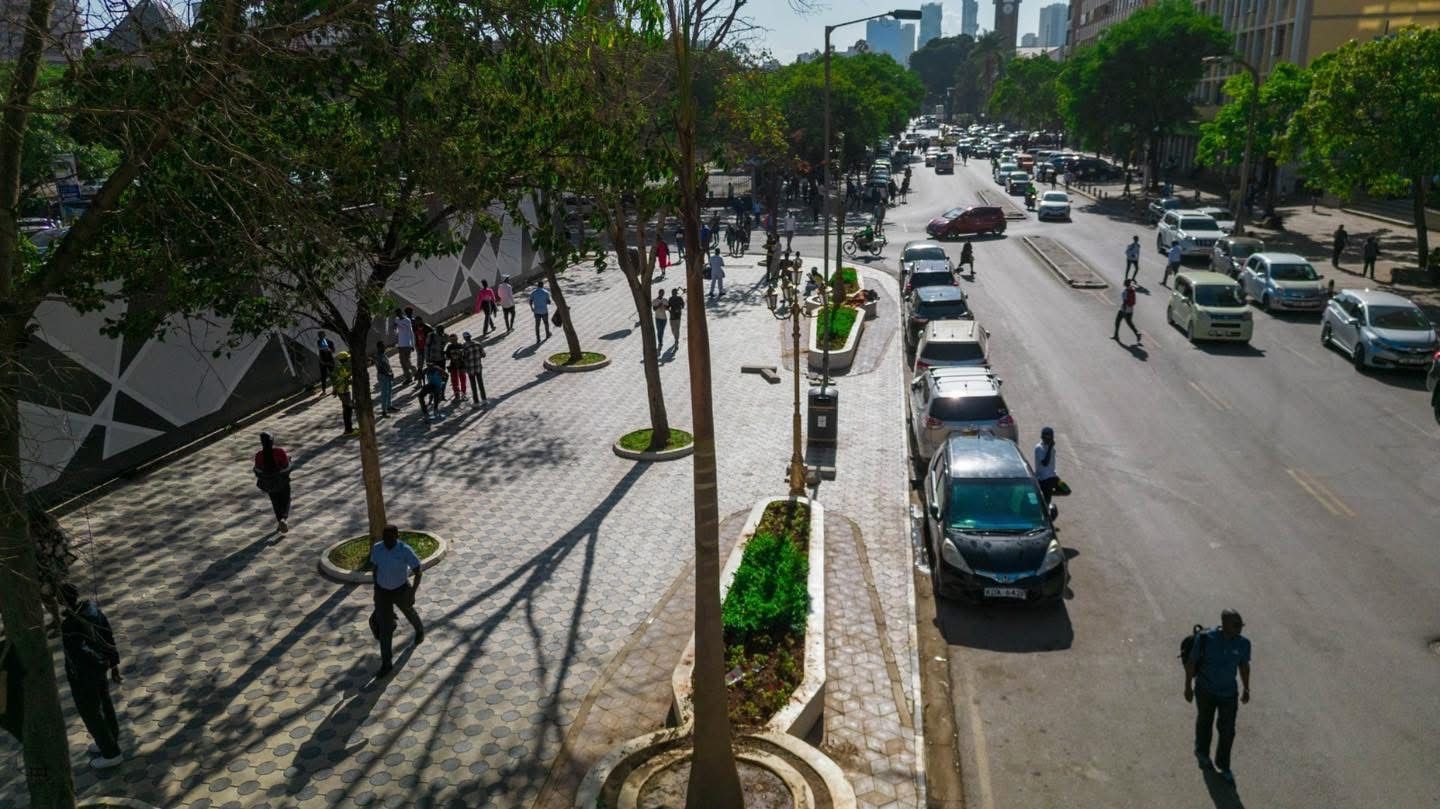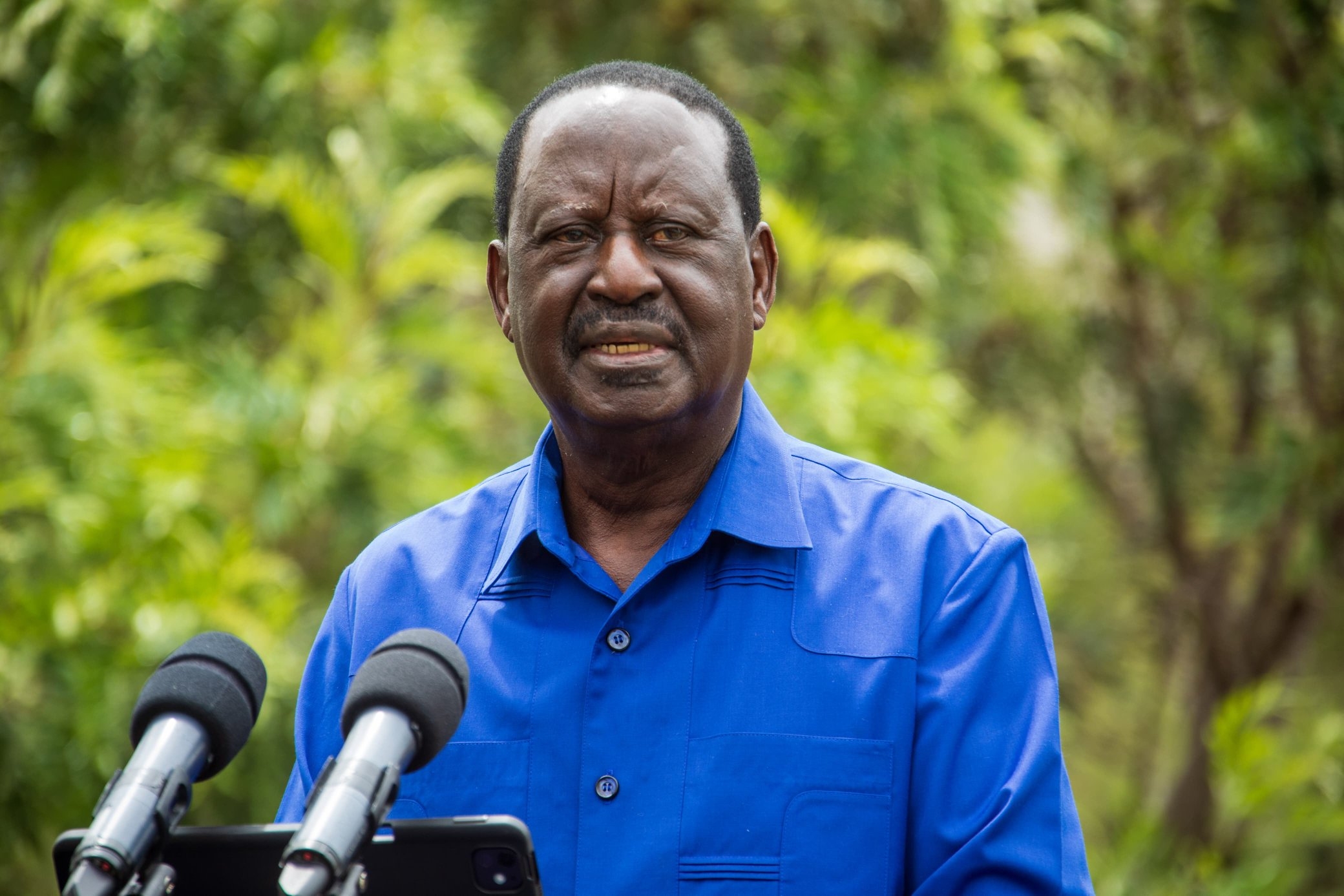
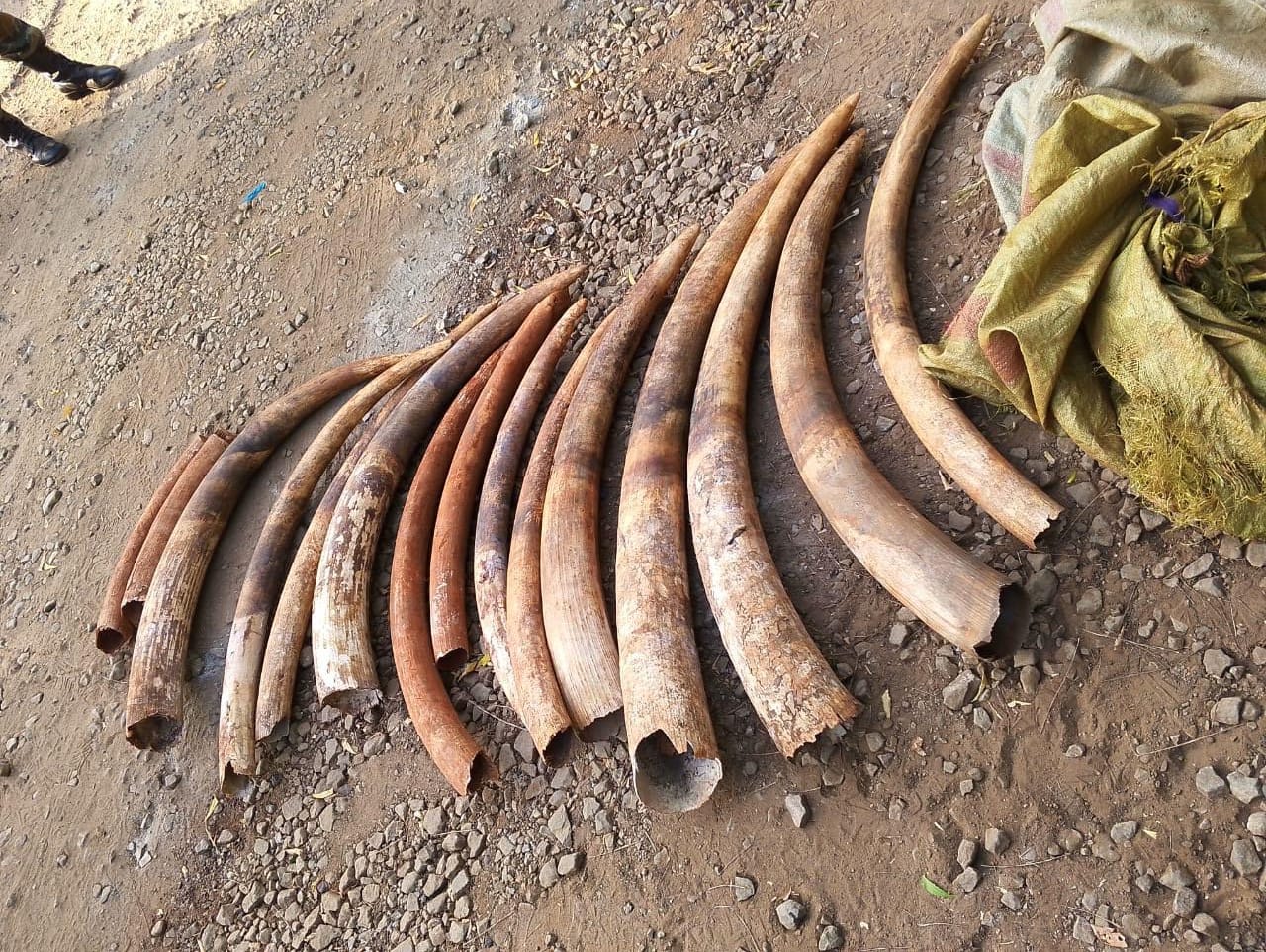
There was drama when three men were arrested as they waited to meet a
potential buyer of elephant tusks weighing seven kilos in Lunga Lunga, Kwale county.
The tusks were valued at Sh700,000, Kenya Wildlife Service and police
said.
The men had traveled from Samburu county to the area, which is about 500 kilometres apart, with the six pieces of tusks.
They wanted to sell the tusks to the
buyer when they were intercepted by both police and KWS personnel.
The pieces were to be used as samples, as they were to get more pieces from a
source in Samburu, police said.
They told police they were to meet a buyer of the ivory. The buyer failed
to show up, prompting the arresting drama.
The three were detained pending arraignment on Wednesday.
Police said they were interrogating the men to get more information on
the other pending tusks, if any.
Police said the suspects will be charged with the offence of being in Possession of Wildlife Trophies of Endangered Species Contrary to Section 92(4) of the Wildlife Conservation Management Act 2013. This is the latest seizure of ivory to be made in a series in the past months.
This indicates elephants are being killed despite stringent measures in place to address the menace of poaching.
Elephant tusks fetch a fortune in the black market as a surge in demand for ivory in the East continues to fuel the illicit trade in elephant tusks, especially from Africa.
Officials say despite a ban on the international trade in ivory, African elephants are still being poached in large numbers.
As part of efforts to stop the menace, Kenya has started using high-tech surveillance equipment, including drones, to track poachers and keep tabs on elephants and rhinos.
Kenya Wildlife Service and stakeholders have put in place mechanisms to eradicate all forms of wildlife crime, particularly poaching.
These mechanisms include enhanced community education, interagency collaboration, and intensive intelligence-led operations, among others.
These efforts led to zero rhino poaching in Kenya in 2020-the first time in about two decades.
On April 30, 2016, Kenya set ablaze 105 tonnes of elephant ivory and 1.35 tonnes of rhino horn.
Parliament has also passed strict anti-poaching laws, and the government has beefed up security at parks to stop poaching, which threatens the vital tourism industry.
Regionally, Kenya has also emerged as a major transit route for ivory destined for Asian markets from eastern and central Africa. The illegal ivory trade is mostly fueled by demand in Asia and the Middle East, where elephant tusks and rhino horns are used to make ornaments and traditional medicines.



